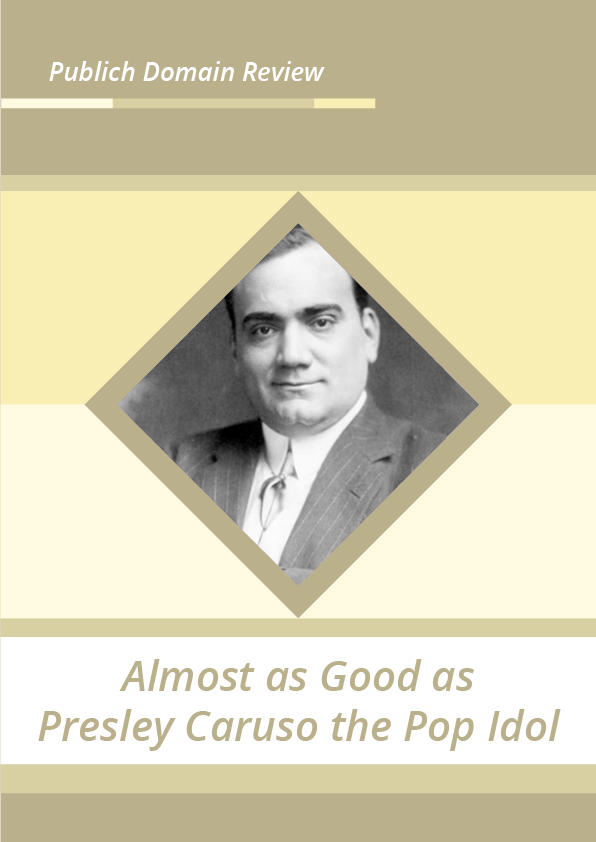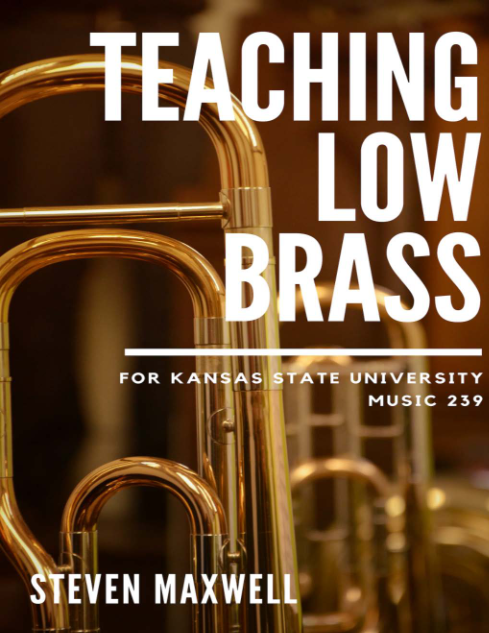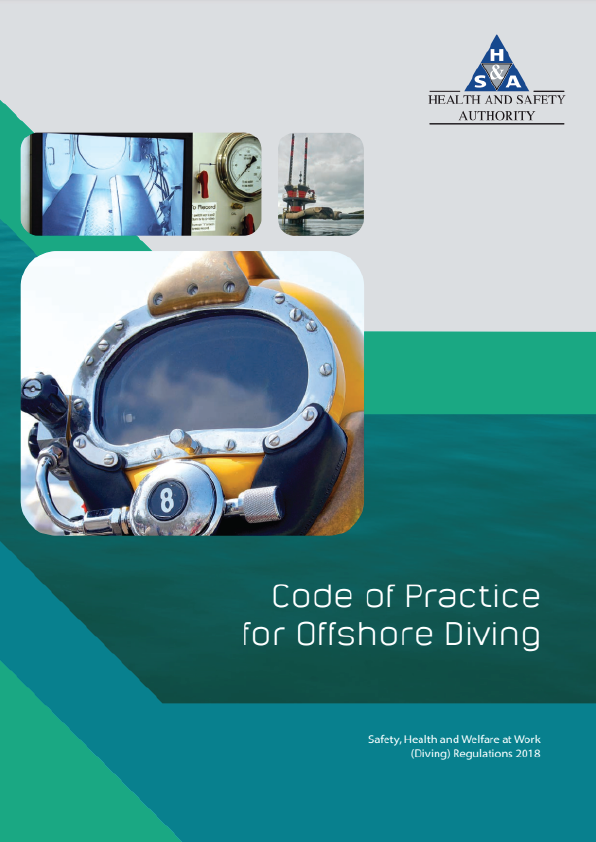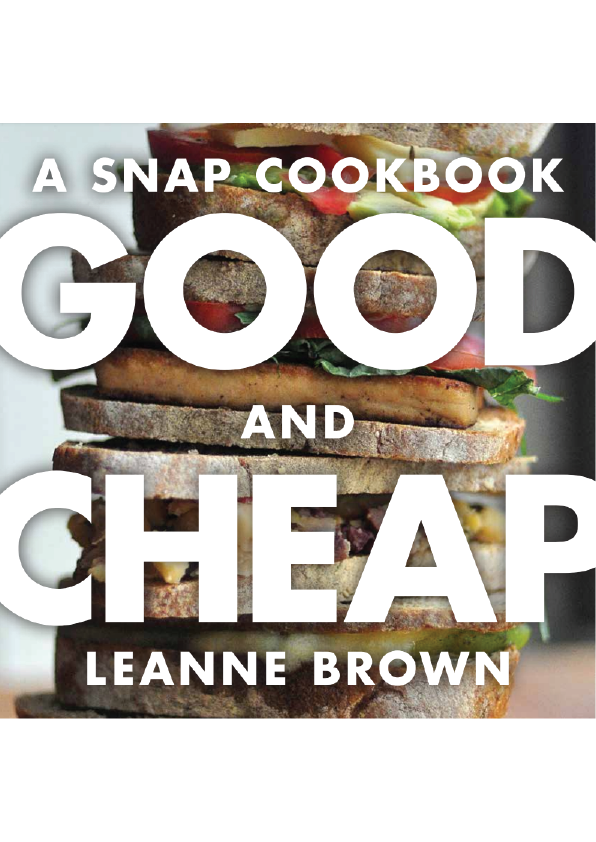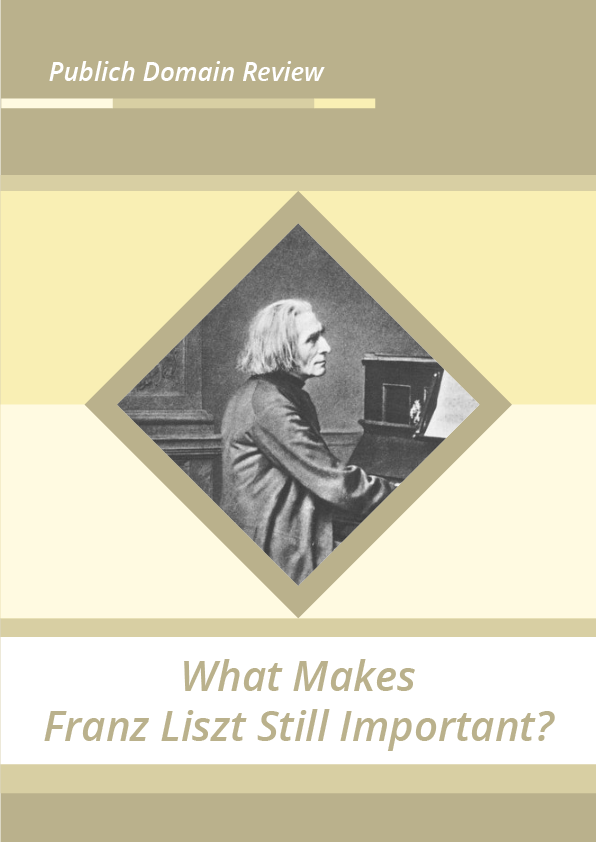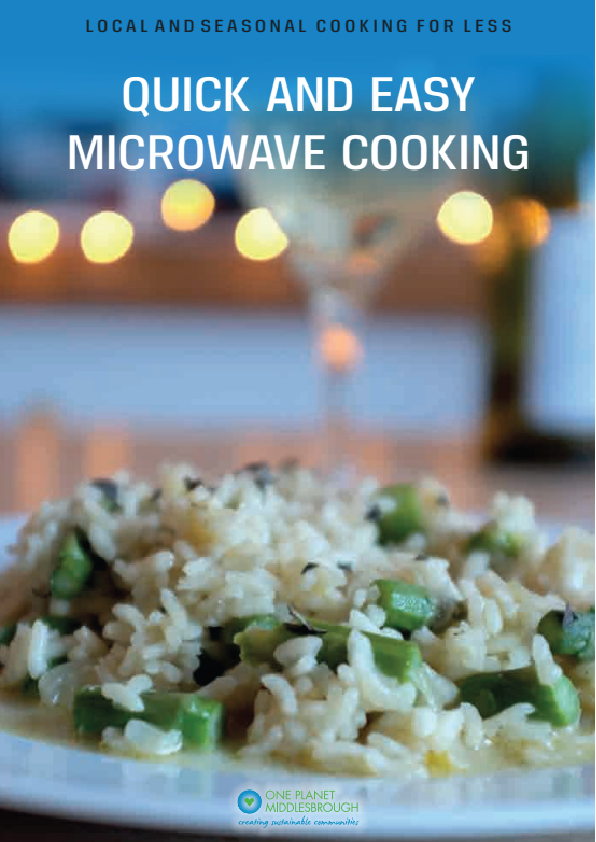When he died in 1921 the singer Enrico Caruso left behind him approximately 290 commercially released recordings, and a significant mark upon on the opera world including more than 800 appearances at the New York Met. John Potter, singer and author of Tenor: History of a Voice, explores Caruso’s popular appeal and how he straddled the divide between ‘pop’ and ‘classical’.
‘…Then someone sat me down last night and I heard Caruso sing / He’s almost as good as Presley…’ Ben Watt (Everything But The Girl), from ‘The Night I heard Caruso Sing’, Idlewild.
Every generation seems to reinvent the tenor as something closer to a pop star than an opera star. The Three Tenors were among the late 20th century’s great musical marketing successes, and the brightest star that they acknowledged in the tenor firmament was cinema heart throb Mario Lanza. Lanza himself claimed Enrico Caruso as his greatest influence and famously played him on screen, reminding a wider audience that there was nothing incompatible with classical tenors and genuine popularity, whatever they were singing.
Although many fine divas stamped their mark on early recording, it was the tenor voice of Caruso which was the defining voice of the early twentieth century. His reputation was due to the fact that people could not only hear him in their own homes, but that his success could actually be measured in record sales; he was the first global superstar of the gramophone era. Such celebrity wasn’t new in what we think of as classical music, however, it was not uncommon in the nineteenth century for opera singers (such as Adelina Patti or Giuditta Pasta) to meet with the kind of reception we associate with pop stars. The fact is, there was no equivalent of today’s mass popular music – and nothing like today’s classical (in the sense of unpopular) either. Popular entertainment took a huge variety of forms from conjuring to celebrity whistling but singing was in the end just singing, and the best singers were opera singers largely because they had the best tunes. They all shared a basic level of vocality: even a vaudeville personality had to have voice enough to carry right to the back of a theatre: crooning and the intimate nuances enabled by the microphone were still in the future when Caruso died in 1921.
Three years earlier he was at the height of his fame. His many triumphs in 1918 included a Carnegie Hall debut (at one of several hugely successful find raising galas) and recording the patriotic song ‘Over There’ which would become the best selling recording by an opera singer for generations to come, putting him alongside Al Jolson as one of the century’s most successful recording artists to date. ‘Over There’ was certainly not an opera aria, and although Caruso was practically resident at the Metropolitan Opera for seventeen years his best selling records were actually lighter music such as Neapolitan songs and ‘Italian airs’. It was his voice that his public wanted, and they’d buy into whatever he chose to record.
That same year Al Jolson did a recital of his own songs with the 50 strong Boston Symphony Orchestra, having a month or two earlier followed Caruso on stage at a marathon concert in New York sponsored by the Army Tank Corps Welfare League in aid of returning soldiers. It was the first time Jolson uttered his famous catch phrase ‘You ain’t heard nothin’ yet’, a response to Caruso’s rousing performance of Italian war songs culminating in a rendering of ‘Over There’ which had brought the house down. The two singers, both European émigrés who had conquered America, were then probably the most successful singers on earth. Although Jolson the entertainer and Caruso the opera singer inhabited different musical worlds, there were clearly circumstances where their respective arts could appeal to similar audiences and even happen at the same venue. Both singers’ biographers tend to be rather reticent on the connections between these two great stars, but we know that they appreciated each other’s place in the scheme of things, and even each other’s singing. After their performances for the Tank Corps, Caruso invited Jolson back to his hotel room, and is said to have suggested they sing together at the Met. He may have been joking of course, and Jolson knew he wasn’t himself an opera singer, but the fact that he could make himself heard over a 50 piece orchestra shows that Jolson would have had no problem with the vast acoustic space of the world’s most famous opera theatre. Jolson and Caruso duetting on the opera stage is not as improbable as it might seem (had they been able to agree on what to sing): two months later the erstwhile vaudeville artiste Rosa Ponselle made her Met debut opposite Caruso himself in Verdi’s La Forza del Destino
John Potter is the author of Tenor: History of a Voice (Yale University Press 2009 & 2010). His latest book, A History of Singing, jointly written with ethnomusicologist Neil Sorrell, is published this month by Cambridge
